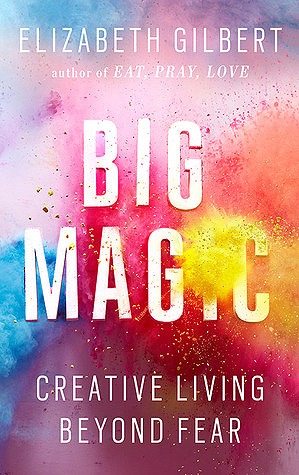Big Magic: Creative Living Beyond Fear
Elizabeth Gilbert
A recent Recode Decode podcast with Alex Kantrowitz nicely captured the context for our discussion. Essentially, there are two kinds of work:
- Idea work, which is anything involved with creating something new; and
- Execution work, which is anything involved in supporting/delivering idea work.
As a society, we spend most of our time on execution work. Some companies, especially tech companies, have used technology to minimize execution work to make room for idea work.

How do workers develop into idea workers? Idea workers must have creativity, originality, and initiative. And, the companies they work for must have systems for capturing, prototyping, and testing new ideas. These things must exist inside of a culture that values ideas so anyone can share an idea and ideas are accepted and valued even if they are not your own. This desire to talk about creativity, originality, and initiative in our work led Thrivner to discuss Big Magic: Creative Living Beyond Fear by Elizabeth Gilbert.
Another focus of our discussion was on ideas: how we find them, how we hold onto them, how we shake them loose. Some of our preferred methods of the latter are taking a walk, listening to a certain playlist, or talking things over with a teammate. We also discussed which of us lean toward what Ms. Gilbert refers to as “martyr energy” and which of us tend to employ “trickster energy;” we seem to be fairly split on which camp everyone falls into.
“Martyr energy is dark, solemn, macho, hierarchical, fundamentalist, austere, unforgiving, and profoundly rigid. Trickster energy is light, sly, transgender, transgressive, animist, seditious, primal, and endlessly shape-shifting.”

Recent Comments